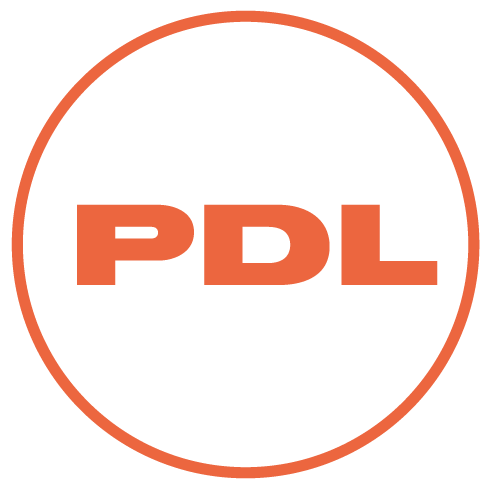The current melanoma treatment is forked between surgery; radiation; photodynamic therapy; and pharmacotherapy, which consists of topical and systemic treatment. However, melanoma is highly aggressive, and at advanced stages, it develops resistance to many existing pharmacotherapies. Hence, the search for new classes of atypical therapeutic molecules associated with specific pharmacodynamics and fewer side effects has been upheaved. Peptides such as Myxoma virus peptide analogue, are one of the leading categories of non-conventional molecules that demonstrate an outstanding remedial potential across various medical conditions, including cancer. They exert their pharmacological effects via specific cellular pathways resembling natural molecular signaling. However, they are utterly sensitive molecules to physicochemical and biological degradations, which prevent them from reaching their target sites at the relevant bioavailability, and they are limited to injectable formulations. Smart hybrid hydrogels possess unique physicochemical properties that manifest in various dynamic changes, such as transformation into different sizes and shapes in response to environmental stimuli. These potential manipulations make biocompatible materials promising co-therapeutic candidates for wide range of medical conditions. Injectable hydrogels with self-healing features can form an interesting platform for the subcutaneous controlled release of biotherapeutics. They are classified reologically as shear-thinning hydrogels. Subjecting the hydrogel to shear stress by injecting them through a thin needle liquifies them based on the rapid equilibrium between the dissociation and recombination of components concept.
Hence, they can be delivered subcutaneously without impairment to the skin and maintain the tissue’s structural and functional integrity over the planned treatment period. Moreover, the active ingredient’s delivery period can be tuned based on the level of the crosslinking between the hydrogel’s monomers and the molecular size of these units. Based on the above-mentioned, this research aims to develop a long-acting in situ formulated implant (ISFI) to be administered subcutaneously into the dermal layer delivering anti-skin cancer peptides in the vicinity of the primary skin cancer cells while maintaining its structural integrity and mechanical functionality. Students undertaking the project will gain experience in biopolymeric fabrication and the assessment of their physicochemical properties; pharmacokinetics and dynamics modelling; and in biological studies, including cell culturing.
In response to current consumer food trends (e.g. high dietary fibre, high protein, low fat, low sugar, high charcoal …) new food ingredients are being developed and used in food manufacturing to enable the food industry to minimise the negative impacts of reformulation on final food products. Food ingredients that are used to mimic fat or sugar properties in foods (i.e. fat or sugar replacers) may have polypeptide, polysaccharide or similar structures and can be used in large quantities in food systems. New food ingredients may have low to high molecular weights, diverse molecular charges, different surface areas and different porosity levels. Hence extensive usage of these food ingredients may generate the gastrointestinal conditions that could affect drug-food compounds interactions. As a result, this may impact the bioavailability of drugs that may require additional drug administration strategies. Assessment of the food-drug interactions has been the focus of many researchers and included in vitro, in silico and in vivo methods. In particular, the use of in vitro dissolution apparatus to evaluate such food-drug interactions is of significant importance due to its simplicity, standardised approach and low requirements.
This project is aiming to study interactions between selected oral drugs and some food ingredients in an in vitro model when food ingredients will be exposed to drugs in an automatic dissolution system. The drug release and drug and food ingredients interactions will be investigated and modelled. Specific objectives include investigating:
i. drugs-food ingredients interactions in an in vitro model system including drug potency and stability.
ii. the effect of food ingredients on the kinetics of drug release in such in vitro system.
iii. Underpinning molecular structure-interaction relationship of food ingredients and drugs.



NAPSA acknowledges our First Nations people as the Traditional Custodians of the land and waterways and pay our respects to elders past and present. We acknowledge that the land we live, work, and play on, always was, and always will be, Indigenous land and that sovereignty was never ceded. NAPSA recognises their connection to Country and role in healthcare over thousands of years.














Select your desired option below to share a
direct link to this page.
Your friends or family will thank you later.